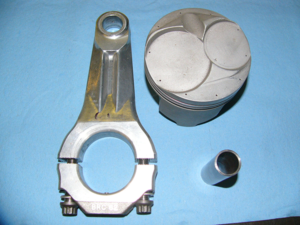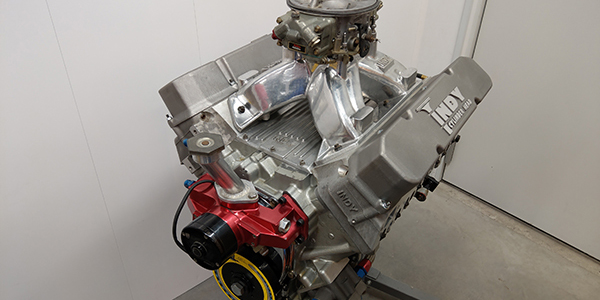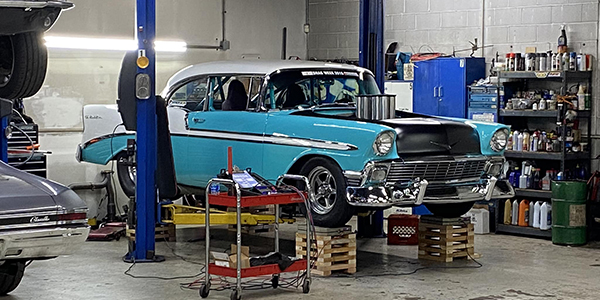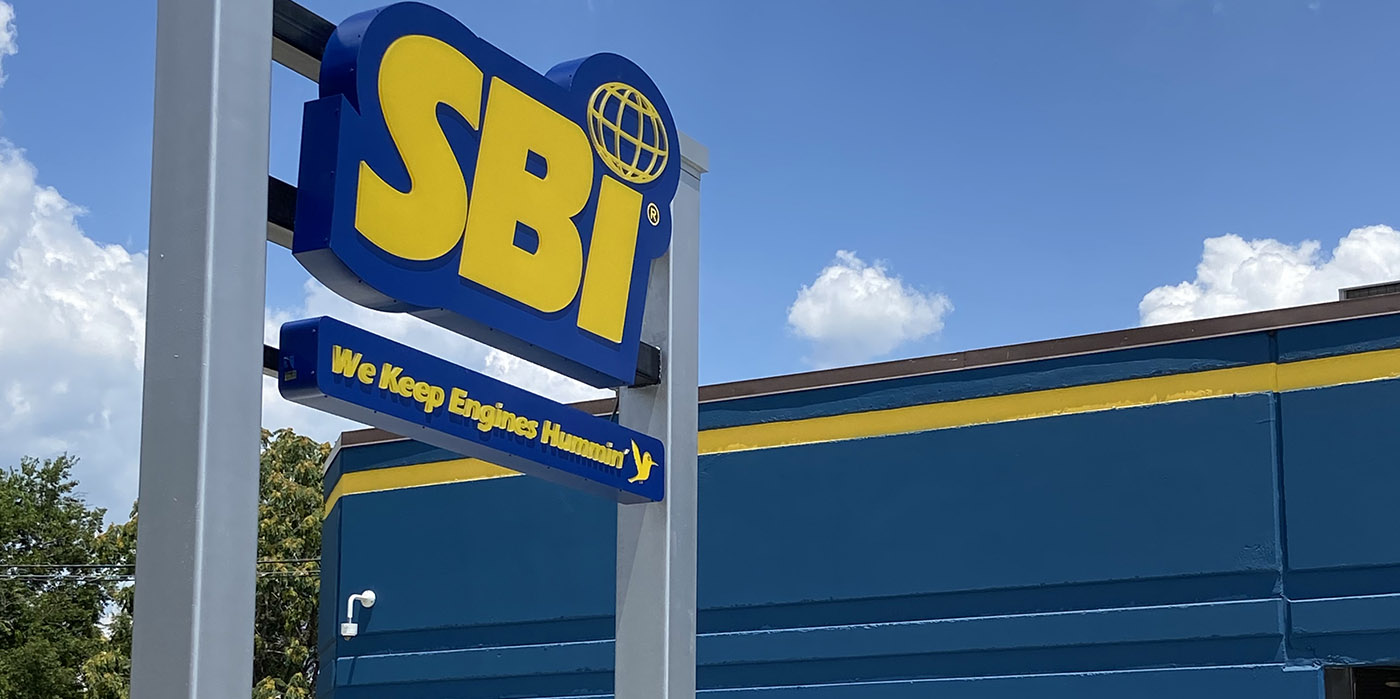All engines that are upgraded in horsepower, whether accomplished mechanically, with power adders or both, need to have the proper defensive steps in place or your now more powerful engine could suffer serious failures. A prime example during my career was in 1981. I was running AHRA, UDRA, MidAmerica Pro Stock and match races with small block Cleveland power.
In mid-1980, the AHRA changed from factoring cubic inch-to-weight using assorted criteria in Pro Stock. They suddenly decided to mirror the IHRA, which in 1978 quit factoring cubic inch-to-weight for Pro Stocks and used a set weight and unlimited cubic inch

The problem was that most AHRA Pro Stock small block cars, due to the earlier factor rules, were too heavy to take advantage of the 2,150 lb. rule. But big block/Mountain Motor cars could trim to 2,350 lbs.
Then nitrous oxide entered the scene. With lobbying from NOS, Lazar and Compucar nitrous companies, the AHRA in 1981, decided to allow nitrous oxide in Pro Stock – but for small blocks only. This was an attempt to even the playing field for small block Pro Stocks vs. stronger “Mountain Motor” Pro Stock cars and hopefully lure IHRA Pro Stock cars to AHRA events.
The rules specified that to run nitrous in an AHRA small block Pro Stock, 250 lbs. had to be added to the base 2,150 lbs. Canted valve small blocks had to add 50 lbs. more. To use nitrous, my ‘79 Chassis Craft Mercury Zephyr had to be 2,450 pounds with me in the car.
Most of us were new to nitrous. We learned quickly the defensive steps needed to survive the unstable nitrous power adder.
First to go were super lightweight .078˝ wall/68 gram wrist pins. Then the super lightweight, gas ported, slipper skirt pistons and .031˝ top and low pressure oil rings were eliminated. Heavier, more durable pieces were necessary.
Head gaskets were also a challenge, particularly for Clevelands. No Cometic, Clark or SCE copper gaskets back then, at least not for my small block Fords. In 1981-‘83, the best head gasket sealing combo we found for using nitrous in our Clevelands was the McCord Boss 351C head gaskets with Milodon studs and stainless steel o-rings. We came to find out that combo would only hold up for four runs.
We discovered many other defense methods, and if you forgot one, you learned the hard way. But you learned fast if you wanted to compete and win.
It was routine at an AHRA National Event for nitrous small block Pro Stock teams to spend the night before eliminations installing new head gaskets, and perhaps a couple of pistons. Ignition timing, types of spark plugs, supplement fuel pressures, bottle temperature, type of fuel, and nitrous spray bar selections were all serious factors.
A few of us AHRA Pro Stock small block “bottle babies” kicked butt for a couple seasons, even with all the learning-curve carnage. But by mid-1983, it became evident that I could not keep up with the newer and larger “Mountain Motors.” In fall of ’83, I ended my small block nitrous wars and contracted Jon Kaase to build me an A.R. Boss 672 cid Ford Hemi Mountain Motor.
From 1984-’86, I ran in pure Mountain Motor Pro Stock trim with no power adders. A Mountain Motor Pro Stock was so much easier to tune, maintain and drive. AHRA was gone. We were winning our share of UDRA and match races, and were a threat in an occasional IHRA National event.
Suddenly, in March 1987 in Top Sportsman, using nitrous legally in a Sonny’s 632 Chevy engine, Wild Bill Kuhlmann broke the door slammer 200 mph barrier twice at the IHRA Darlington Winter Nationals – he effectively kicked the door open. In a UDRA main circuit Kuhlmann and I both competed, they allowed nitrous. I had no choice but again do the nitrous thing again to be able to compete with Wild Bill.
By 1990, a new class was introduced in IHRA – Pro Modified. Again, defensive steps had to be made. As before with the small blocks and now with Mountain Motors, heavier wrist pins and stronger pistons were necessary.
This time, for my Mountain Motors I had Clark annealed copper head gaskets, 5/8˝ studs with o-rings and receiver grooves.
Parts suppliers stepped up their game too. NOS had developed its “foggers” – a common intake injector atomizing nitrous and supplemental fuel simultaneously. MSD came up with magic ignition parts including retarders, two steps and deployment timing devices. Omni lever roller switches were essential. PolyDyn coated my piston skirts and domes, and special nitrous fuel was developed. A huge breakthrough was the development of indestructible “Hellfire” piston rings.
Running nitrous classes taught me what engine parts will or will not tolerate. I acquired enough technical savvy that four of my six career championships were achieved using the gas legally.
Due to the things I learned under professional extreme racing circumstances, I always make my customers aware of engine self defense. It is essential when any horsepower upgrades are made, or else, suffer the consequences.
For the record: with every job I complete, I provide a folder with a build sheet that has all measurements, maintenance specs, operations performed, parts used, instructions and my contact information.



